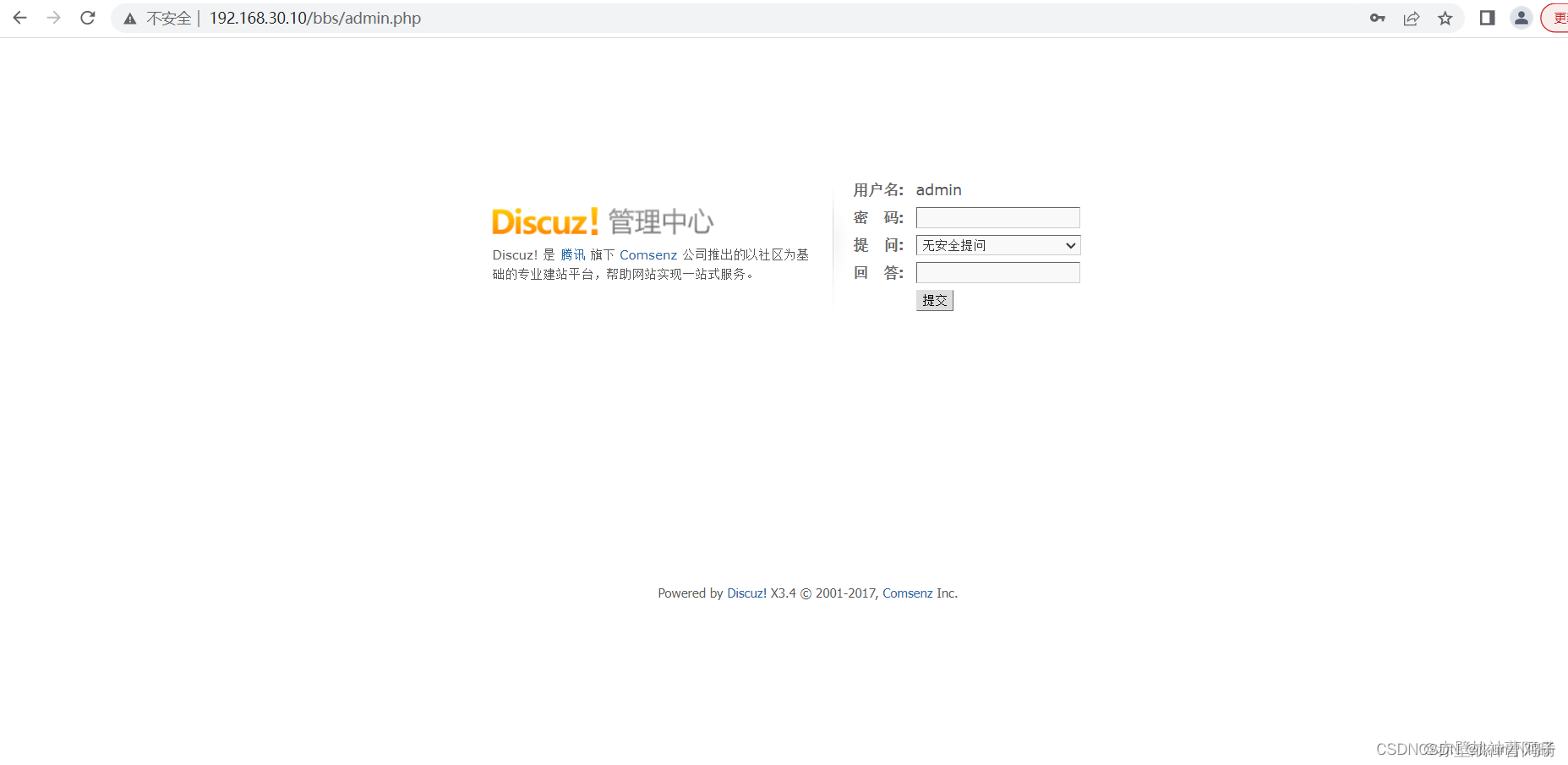随着互联网的发展,各行各业都在积极探索“互联网+”时代下的创新模式。其中,医疗领域也开始了自己的变革之路,从传统的医疗模式转向了“互联网医疗+”的新型格局。免费互联网医院的出现,则更是为这一变革注入了新的活力。

所谓“互联网医疗+”,就是指将互联网技术与医疗服务相结合,实现医疗信息化、智能化和高效化。而免费互联网医院,则是指在不收取患者任何费用的情况下,通过互联网平台提供在线问诊、咨询、诊断等全方位医疗服务。
从患者的角度来看,免费互联网医院有以下几点优势:
首先,方便快捷。传统的看病过程需要排队等候、挂号、候诊等等环节,十分繁琐。而免费互联网医院则可以随时随地进行在线预约、问诊、咨询等操作,省去了很多时间和精力。
其次,医疗资源共享。免费互联网医院将整个服务链路数字化,并通过云计算、大数据等技术手段,实现了医疗资源的共享,让患者无论身处何地都能享受到同样优质的医疗服务。
最后,医生更专业。在传统医院中,很多医生需要同时面对挂号、候诊、看病等环节,工作压力大、时间紧张,难免会影响医疗水平。而免费互联网医院则可以将这些环节分离开来,使得医生可以更专注地进行病情诊断和治疗。
从医院的角度来看,免费互联网医院也有其自身的优势:
首先,降低成本。由于免费互联网医院不需要承担传统医院那么多的运营成本,例如房租、人员薪酬等,因此可以降低经营成本,提高盈利能力。
其次,扩大市场。免费互联网医院不再局限于某个地域范围内,可以跨越城市和省份边界,甚至可以覆盖全国范围,进而扩大市场规模。
最后,提高效率。免费互联网医院通过数字化、智能化等方式,实现了医疗服务的快速、精准、高效,可以更好地满足患者的需求,提高医院的口碑和影响力。

总之,“互联网+”时代给医疗行业带来了新的机遇和挑战,免费互联网医院正是在这样的背景下诞生。未来,随着技术的不断进步和完善,免费互联网医院将会成为医疗行业的重要组成部分,为广大患者带来更加便捷、高效、优质的医疗服务。
class User:
def __init__(self, name, age, gender):
self.name = name
self.age = age
self.gender = gender
class Doctor(User):
def __init__(self, name, age, gender, specialty):
super().__init__(name, age, gender)
self.specialty = specialty
def prescribe_medication(self, patient, medication):
print(f"{self.name} prescribed {medication} to {patient.name}.")
class Patient(User):
def __init__(self, name, age, gender, condition):
super().__init__(name, age, gender)
self.condition = condition
def request_medication(self, doctor, medication):
print(f"{self.name} requested {medication} from {doctor.name}.")
doctor.prescribe_medication(self, medication)
class InternetHospital:
def __init__(self):
self.doctors = []
self.patients = []
def add_doctor(self, doctor):
self.doctors.append(doctor)
def add_patient(self, patient):
self.patients.append(patient)
def list_doctors(self):
print("Doctors:")
for doctor in self.doctors:
print(f"Name: {doctor.name}, Age: {doctor.age}, Gender: {doctor.gender}, Specialty: {doctor.specialty}")
def list_patients(self):
print("Patients:")
for patient in self.patients:
print(f"Name: {patient.name}, Age: {patient.age}, Gender: {patient.gender}, Condition: {patient.condition}")
# Example usage
hospital = InternetHospital()
doctor1 = Doctor("Dr. Smith", 35, "Male", "Cardiology")
doctor2 = Doctor("Dr. Lee", 42, "Female", "Dermatology")
hospital.add_doctor(doctor1)
hospital.add_doctor(doctor2)
patient1 = Patient("John", 28, "Male", "Asthma")
patient2 = Patient("Sarah", 36, "Female", "Eczema")
hospital.add_patient(patient1)
hospital.add_patient(patient2)
hospital.list_doctors()
hospital.list_patients()
# Patient requesting medication from doctor
patient1.request_medication(doctor1, "Albuterol")

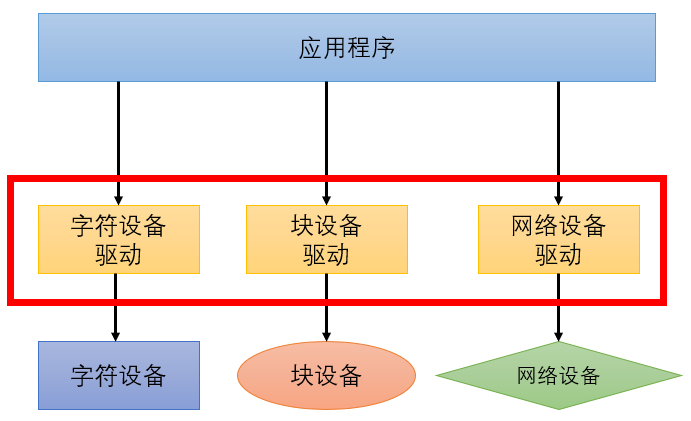
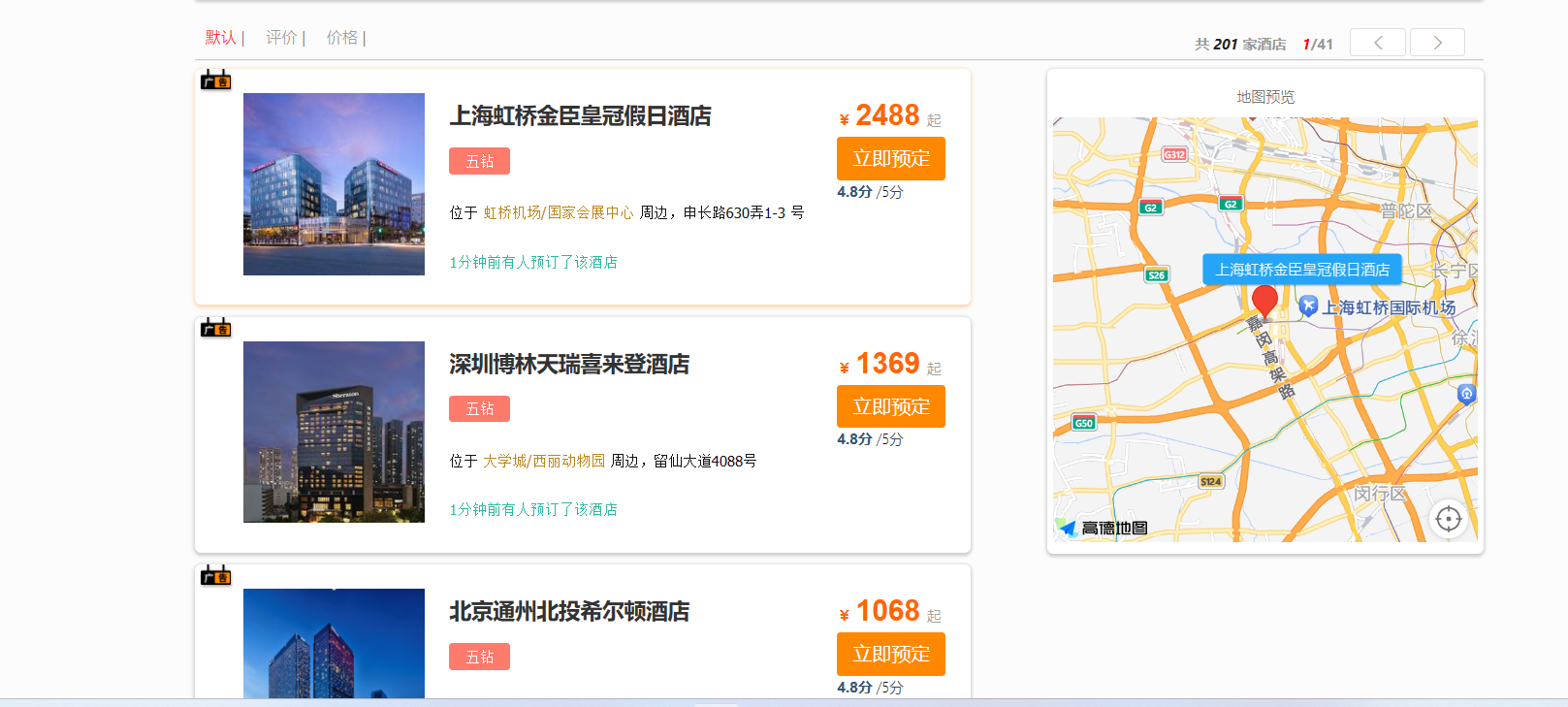
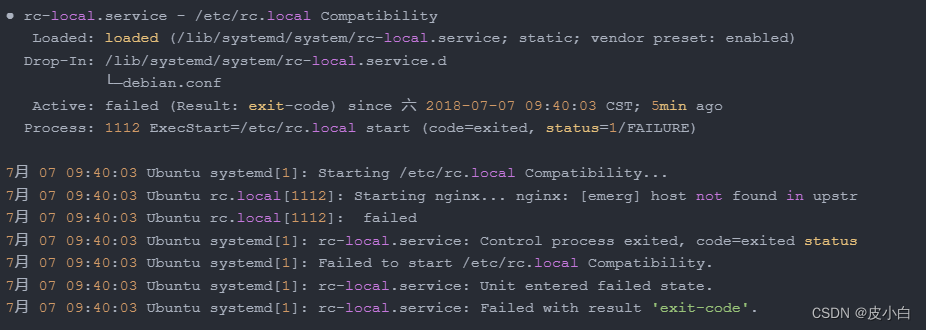
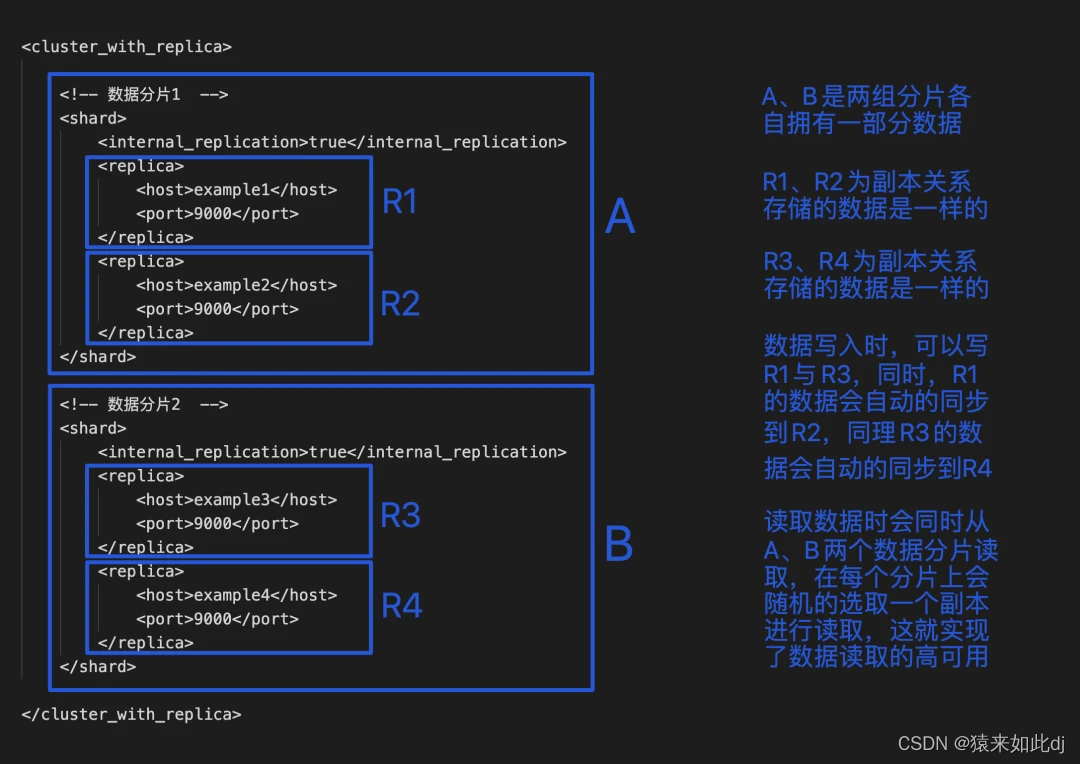



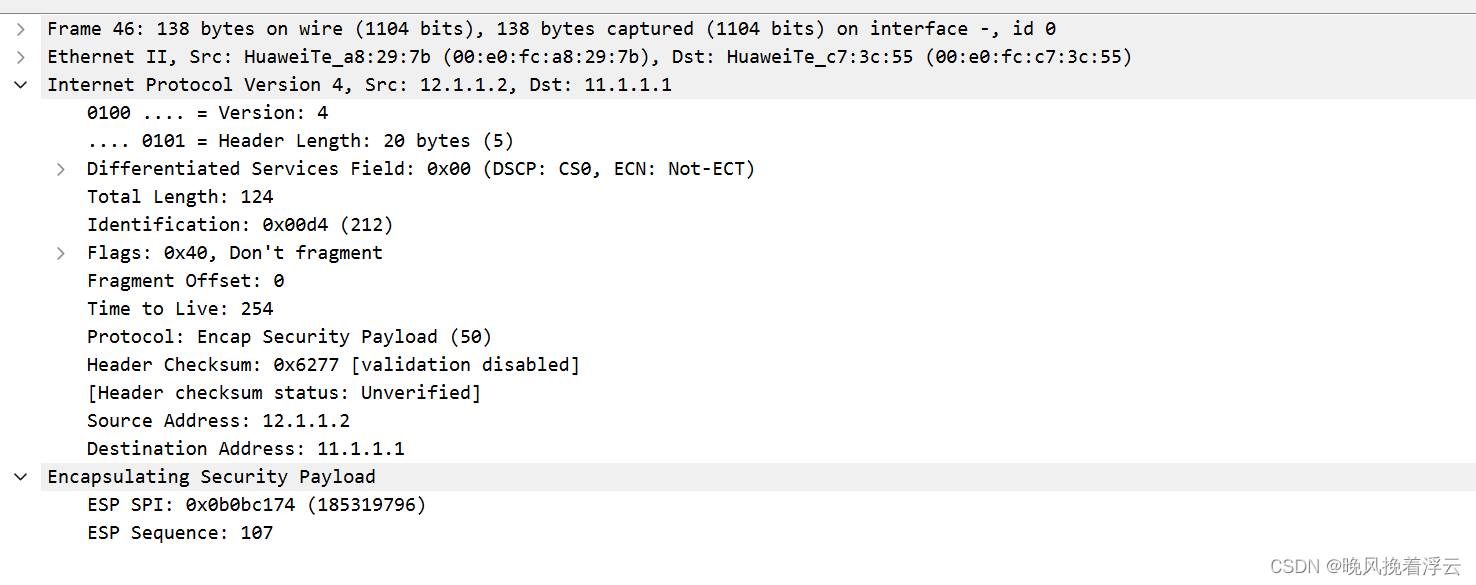
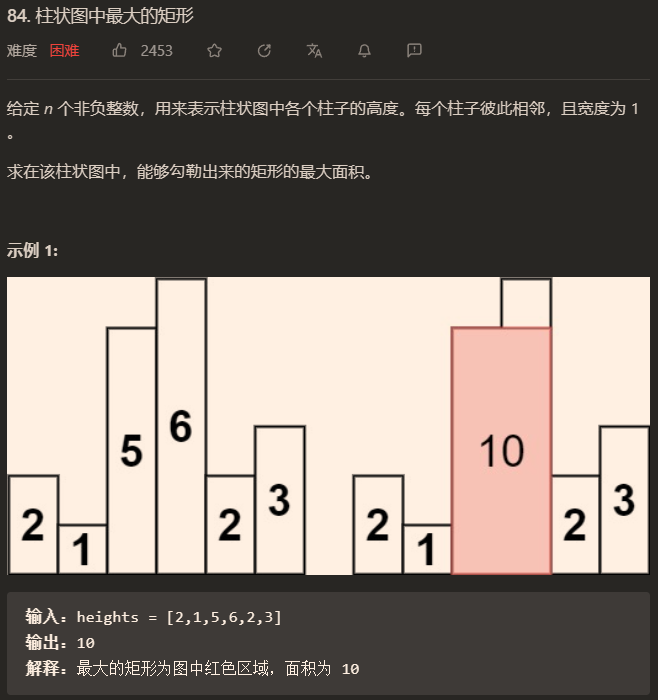







![[图表]pyecharts-3D柱状图](https://img-blog.csdnimg.cn/0cbebce1826541588b1fba100fb77082.png#pic_center)

